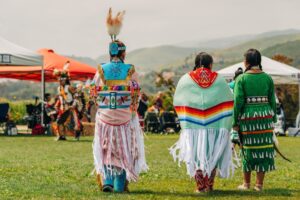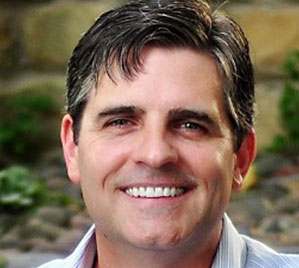
When we think about dental care, it’s easy to take modern conveniences—like toothbrushes, toothpaste, and dental floss—for granted. But oral hygiene has come a long way since the early days of American history. The Pilgrims and Native Americans both had unique approaches to keeping their teeth clean, shaped by their environments, diets, and available tools. Let’s take a look at how their oral care practices compared to one another—and how they differ from what we do today.
Oral Hygiene Among the Pilgrims
The Pilgrims who arrived in North America in the early 1600s brought limited dental knowledge with them. There were no dentists as we know them today, and oral hygiene tools were basic at best. Most people didn’t own a toothbrush—if they cleaned their teeth at all, they used cloths, twigs, or even their fingers to rub away food debris.
Their diet also contributed to dental issues. The Pilgrims’ meals often included bread made from coarse flour, salted meats, and preserved foods, all of which could stick to teeth and promote decay. Without regular brushing or dental care, toothaches, infections, and tooth loss were common problems.
If someone developed severe pain, the only real “treatment” was tooth extraction, often performed by a barber or blacksmith. Needless to say, comfort and sterilization weren’t part of the process.
Oral Hygiene Among Native Americans
Native American tribes had very different lifestyles and diets from the Pilgrims, which gave them a major advantage in oral health. Their traditional diets consisted of fresh fruits, vegetables, nuts, and lean meats, with far less processed sugar or starch. These natural foods were less likely to cause cavities and helped keep teeth strong.
Many tribes also used natural tools and remedies to clean their mouths. For example, some used chewing sticks from aromatic trees like willow or dogwood to freshen breath and clean teeth. Charcoal and crushed herbs were sometimes used to polish teeth or combat bad breath.
Because of these practices and their natural diets, tooth decay was relatively rare among Native Americans before contact with European settlers.
Modern Oral Hygiene
Today, our oral care is guided by science and professional dentistry. We have fluoride toothpaste, soft-bristled toothbrushes, and floss to remove plaque and food particles effectively. Dentists recommend brushing twice daily, flossing once a day, and getting professional cleanings every six months.
At the same time, our modern diet is higher in sugar and processed foods, which increases the risk of cavities and gum disease. That means even though we have better tools, we still need to stay consistent with our habits to maintain healthy smiles.
From the Pilgrims’ crude cleaning methods to Native Americans’ natural remedies and today’s advanced dentistry, oral hygiene has evolved dramatically. What hasn’t changed is the importance of caring for our teeth—because a healthy mouth has always been a vital part of a healthy life.
About the Author
Dr. Shannon Stokes has practiced family and cosmetic dentistry for more than 18 years. He is a 1996 graduate of the Baylor College of Dentistry. Since then, he has completed a variety of post-graduate courses in different dental fields, including cosmetic dentistry, restorative dentistry, dental implants, and even orthodontics for adults. If you’re in need of preventive services, schedule an appointment with us online or call (972) 596-0200.









